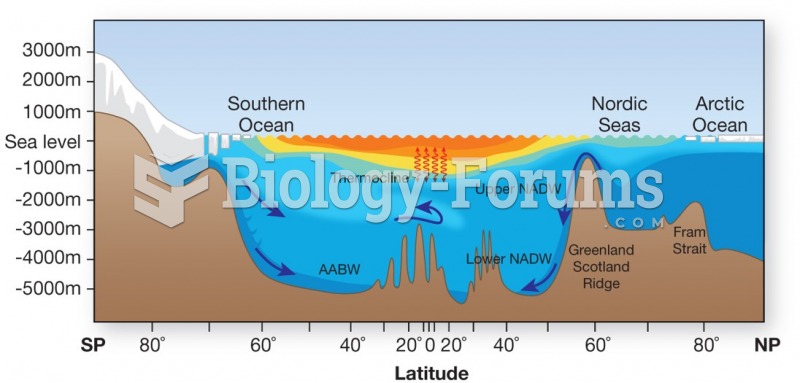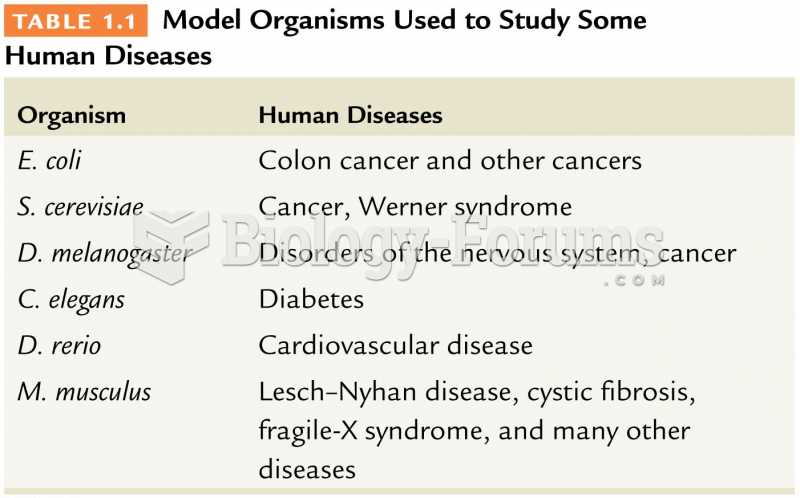|
|
|
In 1844, Charles Goodyear obtained the first patent for a rubber condom.
About 100 new prescription or over-the-counter drugs come into the U.S. market every year.
In the United States, there is a birth every 8 seconds, according to the U.S. Census Bureau's Population Clock.
Hypertension is a silent killer because it is deadly and has no significant early symptoms. The danger from hypertension is the extra load on the heart, which can lead to hypertensive heart disease and kidney damage. This occurs without any major symptoms until the high blood pressure becomes extreme. Regular blood pressure checks are an important method of catching hypertension before it can kill you.
Intradermal injections are somewhat difficult to correctly administer because the skin layers are so thin that it is easy to accidentally punch through to the deeper subcutaneous layer.







